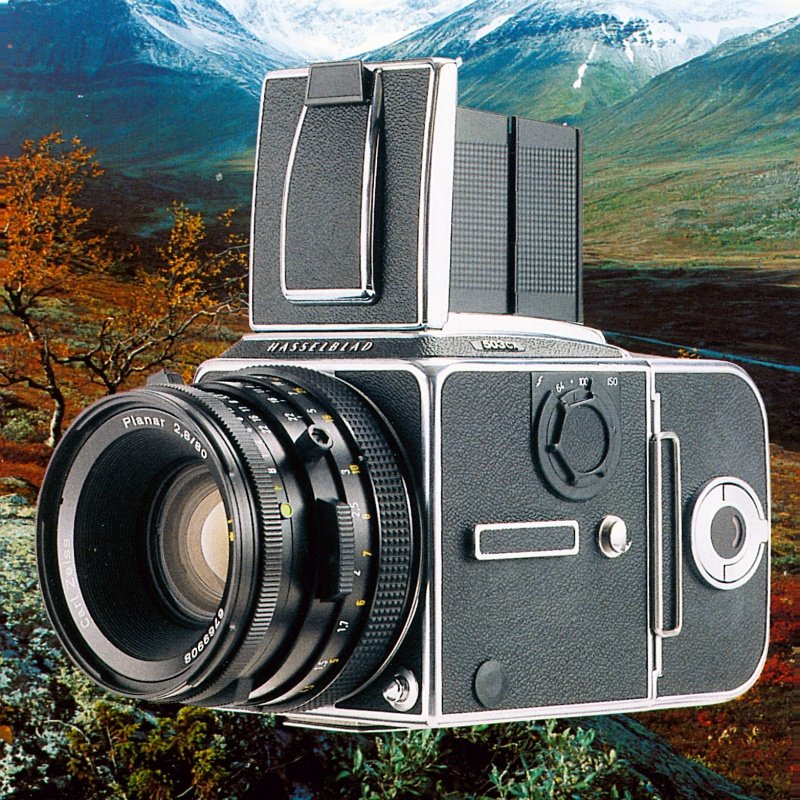martinrjohansen
New Member
Hi Everyone,
I bought a hasselblad 503CX,A12 Magazine and a 80mm F2.8 couple of days ago, and would appriciate some starthelp, tricks & tips.
I have already destroyed 4 films trying to load them =) (old tungsten film i got for free for the purpose to have something to practise loading unloading with)
I think ive learned it now, and i bought 5 dias films, (how does the positive-negative works?) to practise the light meter.
Any help, do`s and donts is highly appriciated.
I have a canon 5D Mark II, and been shooting with 1D Mark III before that, but i am looking forward to learn alot about the MF and my new toy.
PS. I will use this camera for portraits, streetphotography natural li
Best Regards
Martin
I bought a hasselblad 503CX,A12 Magazine and a 80mm F2.8 couple of days ago, and would appriciate some starthelp, tricks & tips.
I have already destroyed 4 films trying to load them =) (old tungsten film i got for free for the purpose to have something to practise loading unloading with)
I think ive learned it now, and i bought 5 dias films, (how does the positive-negative works?) to practise the light meter.
Any help, do`s and donts is highly appriciated.
I have a canon 5D Mark II, and been shooting with 1D Mark III before that, but i am looking forward to learn alot about the MF and my new toy.
PS. I will use this camera for portraits, streetphotography natural li
Best Regards
Martin

